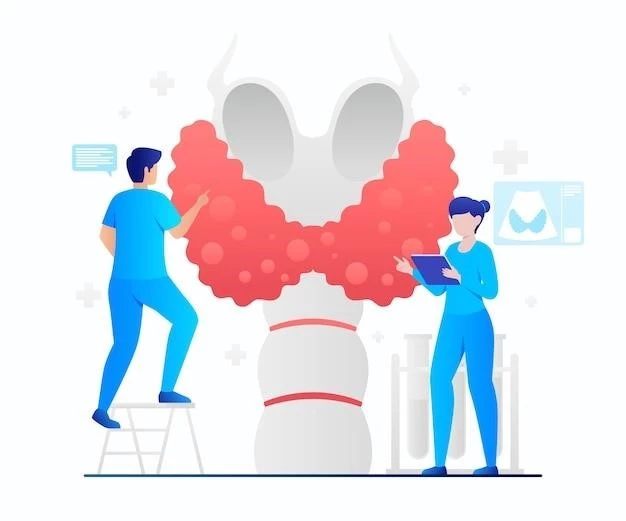Symptoms of Alveolar Echinococcosis
The symptoms of Alveolar Echinococcosis can vary and may include abdominal pain and nausea.
Overview of Alveolar Echinococcosis Symptoms
Alveolar Echinococcosis symptoms typically manifest as abdominal pain, discomfort, and hepatomegaly. Patients may experience weight loss, fatigue, and jaundice. As the disease progresses, complications such as liver failure can occur. Prompt medical attention is crucial to manage symptoms effectively.
Treatment Options for Alveolar Echinococcosis
Various treatment options for Alveolar Echinococcosis include surgical interventions and pharmacological treatments.
Surgical Interventions for Alveolar Echinococcosis
Surgical interventions for Alveolar Echinococcosis involve procedures like hepatectomy or liver transplantation to remove affected tissues. These interventions aim to control the infection and prevent further complications. Surgery may be complemented with pharmacological treatments to ensure comprehensive management.
Pharmacological Treatments for Alveolar Echinococcosis
Pharmacological treatments for Alveolar Echinococcosis involve medications such as albendazole or mebendazole. These drugs help to inhibit parasite growth and spread. However, pharmacological treatments are typically used in combination with surgical interventions for optimal outcomes in managing the disease.
Prevention of Alveolar Echinococcosis
Effective prevention of Alveolar Echinococcosis includes practicing good hygiene and controlling infection spread.
Role of Hygiene Practices in Preventing Alveolar Echinococcosis
Hygiene practices play a crucial role in preventing Alveolar Echinococcosis. Proper sanitation, handwashing, and avoiding contact with potentially contaminated soil or animals can significantly reduce the risk of infection. Education on hygiene measures is essential in endemic areas to prevent the spread of the disease.
Strategies for Controlling Alveolar Echinococcosis in Endemic Areas
Controlling Alveolar Echinococcosis in endemic areas requires comprehensive strategies. These include surveillance programs, promoting awareness among local communities, implementing targeted deworming campaigns for dogs, and enhancing access to healthcare services. Collaboration between health authorities, veterinarians, and communities is vital for effective disease control.
Causes of Alveolar Echinococcosis
Alveolar Echinococcosis is caused by the parasitic infection of Echinococcus multilocularis larvae.
Parasitic Infection Leading to Alveolar Echinococcosis
Alveolar Echinococcosis is primarily caused by the infiltration of Echinococcus multilocularis larvae, a parasitic tapeworm, into the liver. The larvae develop into cysts, resulting in the progression of the disease. Understanding the transmission of the parasite and its life cycle is crucial for effective prevention and control efforts.
Diagnosis of Alveolar Echinococcosis
Diagnosing Alveolar Echinococcosis involves imaging techniques and laboratory tests for accurate identification.
Imaging Techniques for Diagnosing Alveolar Echinococcosis
Imaging techniques like ultrasound, CT scans, and MRI are used for diagnosing Alveolar Echinococcosis by visualizing cysts and lesions in affected organs. These non-invasive methods provide valuable information to healthcare providers for accurate diagnosis and treatment planning.
Laboratory Tests for Detecting Alveolar Echinococcosis
Laboratory tests such as serological assays and molecular tests are critical for detecting Alveolar Echinococcosis by identifying specific antibodies or DNA related to the parasite. These diagnostic tools aid in confirming the presence of the infection and guiding appropriate treatment strategies for patients.

Complications of Alveolar Echinococcosis
Alveolar Echinococcosis can lead to severe complications, including liver failure and metastasis.
Potential Severe Complications Arising from Alveolar Echinococcosis
Alveolar Echinococcosis can result in severe complications such as liver cyst rupture, biliary obstruction, and secondary infections. Additionally, metastasis to other organs like lungs or brain may occur, posing substantial risks to patient health. Timely intervention and monitoring are essential to prevent these life-threatening outcomes.
Alveolar Echinococcosis in Humans
Alveolar Echinococcosis poses significant health risks to humans, particularly affecting the liver.
Impact of Alveolar Echinococcosis on Human Health
Alveolar Echinococcosis has a profound impact on human health, leading to liver damage, organ dysfunction, and potential life-threatening complications. The disease can significantly reduce quality of life, necessitating prompt diagnosis and appropriate treatment to mitigate adverse health outcomes.
Global Impact of Alveolar Echinococcosis
Alveolar Echinococcosis has a significant global impact, affecting public health systems across endemic regions.
Spread and Consequences of Alveolar Echinococcosis on a Global Scale
Alveolar Echinococcosis has a widespread impact worldwide, causing economic burdens on healthcare systems and affecting human productivity. The disease’s global spread underscores the importance of coordinated efforts to control transmission, improve diagnosis, and implement preventive measures for better public health outcomes.
